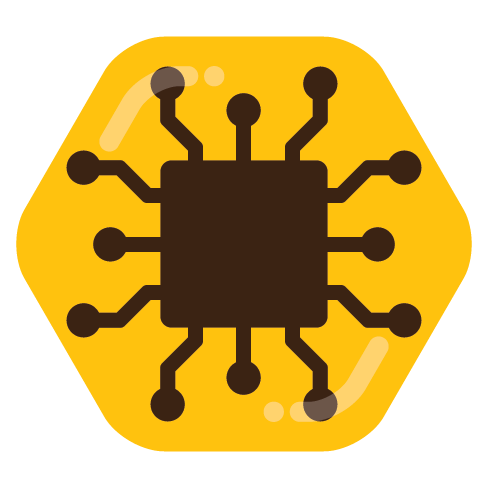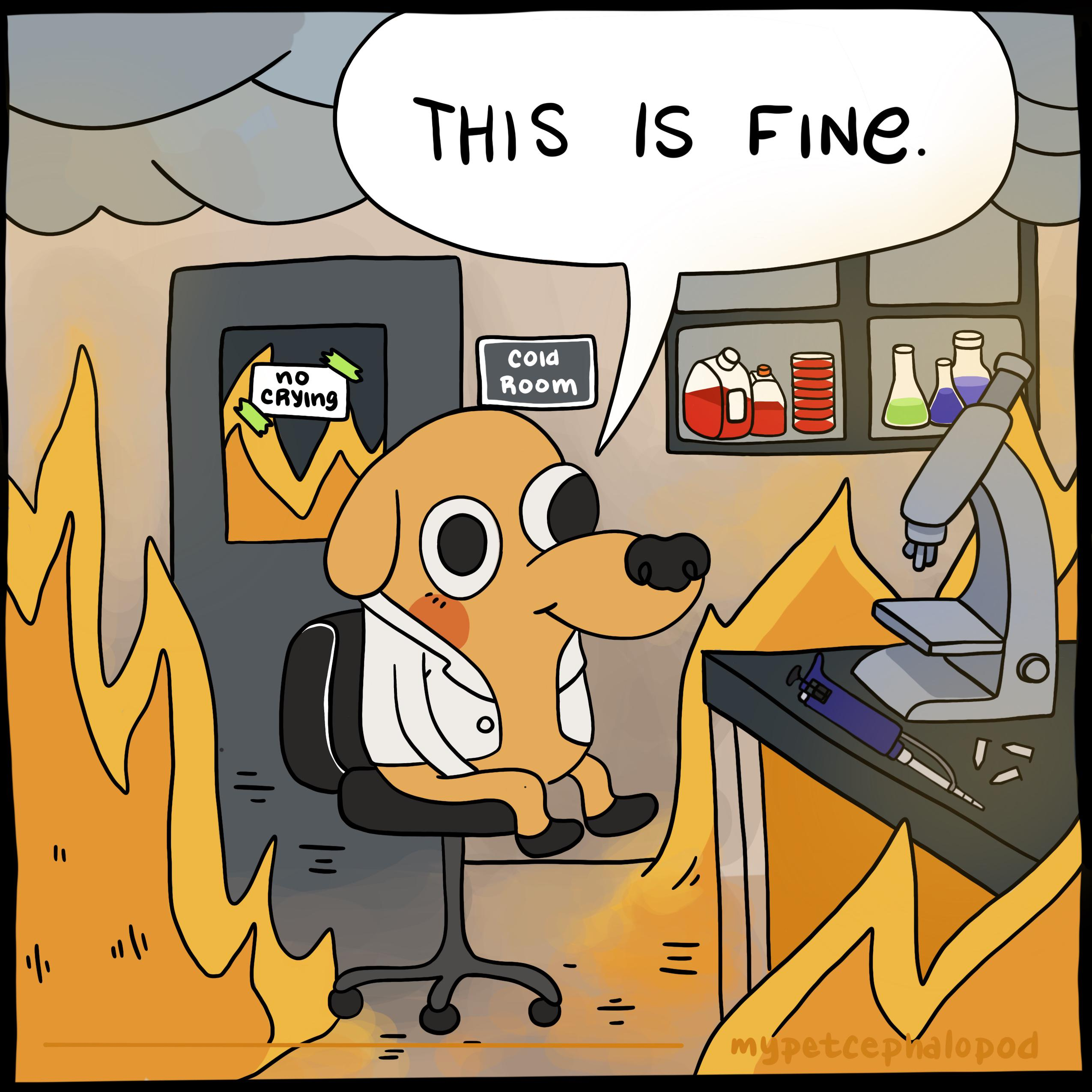

I’ve tried to use scribus, but the interface is pretty clunky and it doesnt react well to high-dpi screens in my experience.


I’ve tried to use scribus, but the interface is pretty clunky and it doesnt react well to high-dpi screens in my experience.


I’m curious about what you think is missing from Inkscape. I use it and illustrator for design work all the time, and I’ve never run into issues with something missing from Inkscape.
Trick question – Elon Musk being anything but an arrogant asshole is impossible under the Standard Model.


At least according to Wikipedia, small amounts of carbon (< 2.14%) in the final alloy are an important component in controlling the ductility, which agrees with what I thought I remembered from materials classes (although I am not a materials scientist). Obviously not using the Bessemer process drastically reduces the amount of carbon necessary, but trace carbon is important.
tl;dr: science is in the eye of the beholder, you can only know if it’s science if the methods are transparent and you have access to data, as well as critiques from unbiased parties.
This thread seems to have formed two sides:
I would say that “closed”/unpublished science may be science, but since peer review and replication of results are the only way we can tell if something is legitimate science, the problem is that we simply can’t know until a third party (or preferably, many third parties) have reviewed it.
There are a lot of forms that review can take. The most thorough is to release it to the world and let anyone read and review it, and so it and the opinions of others with expertise in the subject are also public. Anyone can read both the publications and response, do their own criticism, and know whether it is science.
If “closed” science has been heavily reviewed and critiqued internally, by as unbiased a party as possible, then whoever has access to the work and critique can know it’s science, but the scientific community and the general public will never be able to be sure.
The points folks have made about individuals working in secret making progress actually support this; I’ll use Oppenheimer as an example.
In the 40s, no one outside the Manhattan project knew how nuclear bombs were made. Sure, they exploded, but no one outside that small group knew if the reasoning behind why they exploded was correct.
Now, through released records, we know what the supporting theory was, and how it was tested. We also know that subsequent work based on that theory (H-bomb development, etc.) and replication (countries other than the US figuring out how to make nukes, in some cases without access to US documents on how it was originally done) was successful and supported the original explanations of why it worked. So now we all know that it was science.


I mean hypothetically yes, but if you’re in the sciences tenure, promotion, and wages will be based on publication in high impact factor, for profit journals, so that’s not realistic.
Cool! Good to know.
What’s the issue with binaries in git? Just that diff’ing binary files is useless?
Me with Jupyter Notebooks
I mean yes you can use beamer to make slides, but it is a lot less flexible than ppt/LibreOffice Present.


Hmm I hope it lives up to the hype. I wonder what this new display tech is.


Yeah, the headline writer. The actual information (and indeed the entire article) doesn’t say anything about breaking a covenant, its just that Canonical is changing how they treat updates.


Hmmm I guess I haven’t really compared them on documents over about 20 pages, and even then it was just a qualitative judgment.
Chemistry and biology are interchangeably blue or green, physics is yellow, comp sci is red.
Cryoprotectants also do this pretty efficiently – they prevent crystallization, which leads to “vitreous” ice, which has more or less the same structure as liquid water and so doesn’t expand much. I think they do use that when freezing people, but the problem is that even if you fill the blood vessels with pure ethylene glycol, it diffuses very slowly, and it takes hours to get into cells which are far from large blood vessels. They dont diffuse the cryoprotectant in that thoroughly, though, because that’d take so long the body would have started to decay too much.
Edit: oops, the article talks about vitrifying agents. They make it sound like they’re not effective, but as I said above, they’re very effective if you can get them in every nook and cranny of every cell, which is a losing battle.


I just mean that its pretty hard to do research with no money at all, and any funding should be reported in that section.


Jabref is so great, but do read the documentation when you start. Its easy to use without reading any of it, but there’s so much functionality beyond the basics that I just found out recently, and makes it so much easier to use!


LaTeX is just fundamentally not that fast, especially when pulling in lots of packages. I’m running it on a server with a i7-12700K and 64 GB of RAM, but I didn’t really notice a slowdown when running it on an old laptop, they’re both about the same speed as the official overleaf. With longer or more complex documents, I usually split it into multiple files and edit them on their own, then use \include{} to being them into the final file with proper formatting and the right preamble. Of course, thats using a local MikTeX install, so YMMV.
To be honest, I’ve always wondered why you can’t like “pre-compile” a bunch of packages into a binary and include that to speed things up. I’m sure there are good reasons, I just don’t know them.
Oh that would be so fun but my brain can’t math that…
Nothing against wasps, but they do not make honey.